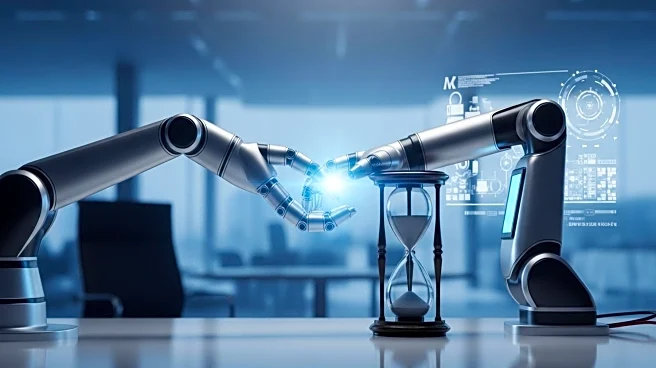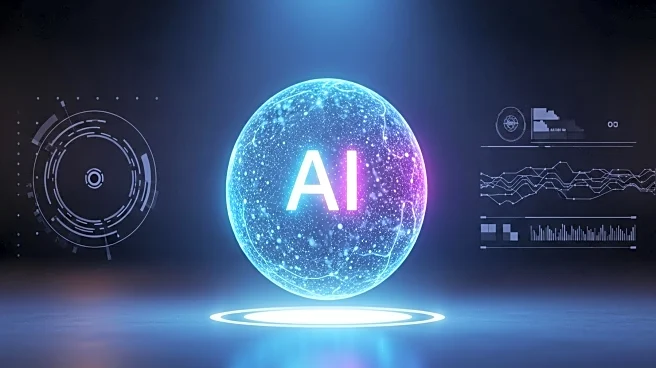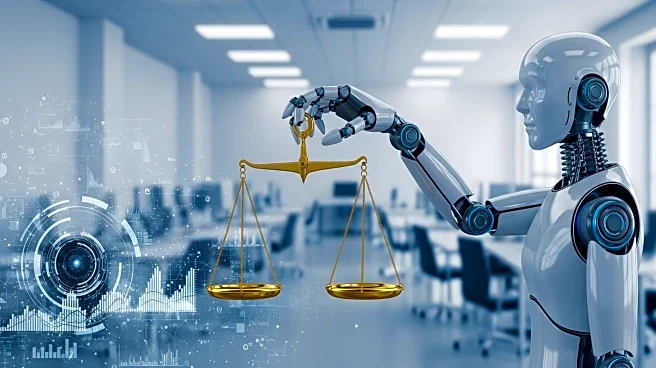What is the story about?
What's Happening?
The federal government is experiencing significant workforce changes, with over 13,400 federal employees submitting retirement paperwork in June. This trend is occurring alongside predictions from Anthropic CEO Dario Amodei that AI could automate up to 50% of entry-level white-collar jobs within five years, potentially leading to a substantial increase in unemployment. The tech sector has seen a net decline of 2,700 jobs over the past year, contrasting with rapid job growth in the early post-pandemic years. Business leaders are reportedly using return-to-office mandates to reduce workforces through attrition, avoiding layoffs.
Why It's Important?
The potential automation of white-collar jobs by AI could lead to significant unemployment, affecting industries such as technology, finance, law, and consulting. This shift may force businesses and governments to rethink workforce planning and retention strategies. The federal government's downsizing and the tech sector's job losses highlight the need for strategic workforce management to mitigate the impact on economic stability and innovation. The retirement trend among federal employees could lead to a loss of experienced personnel, affecting government operations and services.
What's Next?
State and local governments may have opportunities to onboard and retain talent in fields like cybersecurity and technology. Flexible work arrangements could help retain experienced employees approaching retirement. Businesses may need to adapt to AI-driven changes by reskilling employees and exploring new workforce models. The federal government may need to address the potential 'brain drain' and ensure continuity in critical services.
Beyond the Headlines
The shift towards automation and the retirement trend could lead to ethical and cultural changes in the workforce, with implications for job security and employee well-being. The role of AI in workforce planning may raise questions about the balance between technological advancement and human employment.
AI Generated Content
Do you find this article useful?














